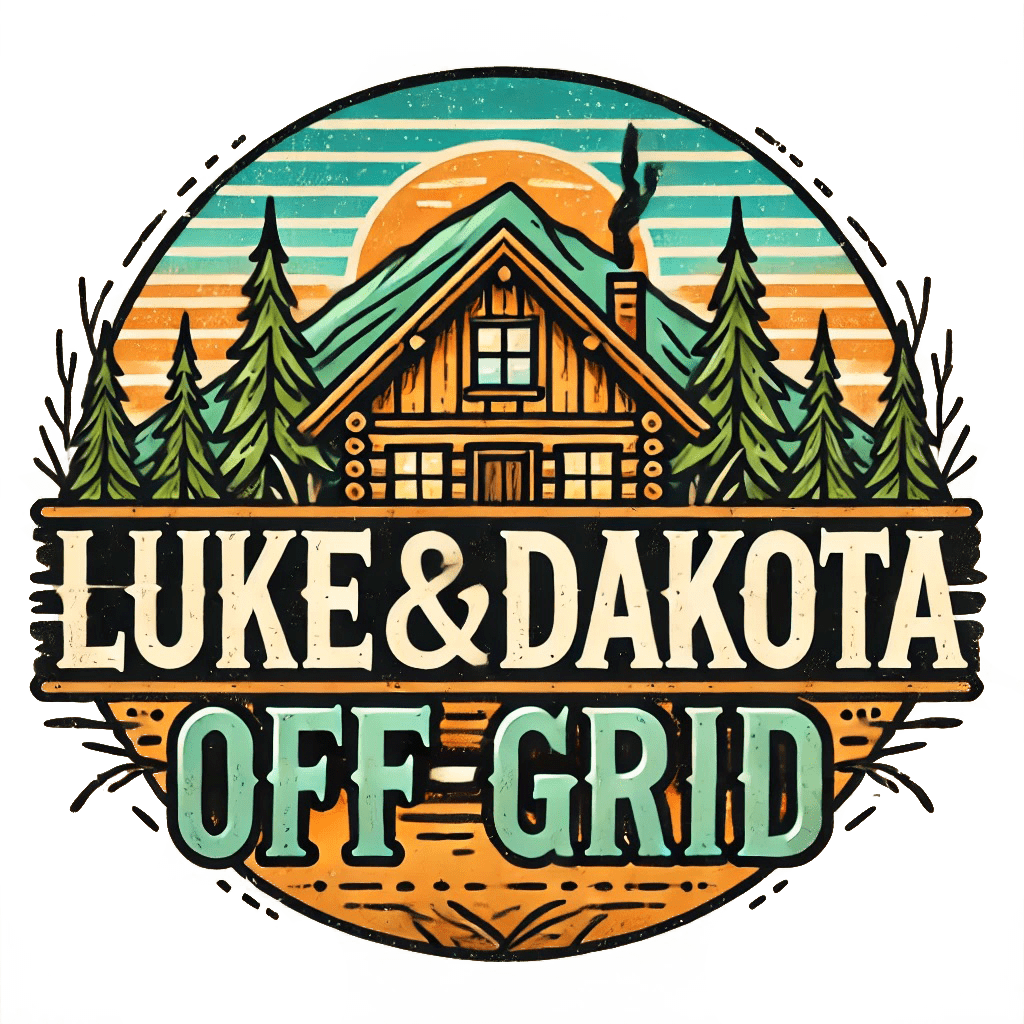Are President Donald Trump’s tariffs unintentionally fueling a modern homesteading movement? While his administration imposed tariffs to protect American industries and reduce reliance on foreign imports, they also drove up prices on essential goods. As a result, many Americans are turning to self-sufficiency as a means of survival.
What was intended as an economic nationalist policy to protect domestic jobs has, for some, become a financial burden—raising the costs of food, building materials, and essential homesteading equipment. This article explores how Trump’s tariffs have impacted the off-grid lifestyle, whether they are truly benefiting the American economy, and how those seeking independence are adapting to a new, high-cost world.
Understanding Trump’s Tariffs: What Changed?
A. Overview of Trump’s Tariff Policies
- Mexico: Increased tariffs on agricultural goods have driven up costs for fruits, vegetables, and livestock feed.
- Canada: Tariffs on lumber and dairy products have made home construction and food more expensive.
- China: Broad tariffs on manufactured goods have significantly raised the cost of tools, equipment, and solar panels—essential items for homesteaders.
B. Intended Goals vs. Unintended Consequences
- Goal: Reduce reliance on foreign goods, bring jobs back to America, and protect U.S. industries.
- Reality: Higher prices on basic necessities, financial strain on consumers, and growing interest in self-sufficient, off-grid lifestyles.
Rising Costs and the Shift Toward Self-Sufficiency
A. The Financial Strain on Everyday Americans
Trump’s tariffs have driven up prices on essential goods, making it harder for families to maintain their standard of living. Key areas affected include:
- Grocery bills skyrocketing: Fruits, vegetables, and grain prices have surged due to tariffs on Mexican agricultural imports.
- Soaring lumber prices: Building homes, barns, and animal shelters has become significantly more expensive due to tariffs on Canadian lumber.
- Higher equipment costs: Homesteaders now pay more for essential tools and farming machinery due to Chinese import taxes.
B. The Homesteading Boom as a Response to Rising Prices
With rising costs squeezing household budgets, more people are opting for self-sufficiency:
- Backyard gardening and permaculture are on the rise as families seek to grow their own food instead of relying on costly grocery stores.
- DIY construction and alternative housing options are gaining traction to bypass high lumber costs.
- Renewable energy innovation is increasing, with more people exploring non-traditional solar and wind power solutions.
Is Trump’s America Pushing More People Off-Grid?
A. The Paradox of Economic Nationalism
Trump’s tariffs were designed to make America stronger by boosting domestic production. However, the unintended consequence is that they have made many basic necessities unaffordable, forcing more people to embrace an off-grid lifestyle.
- Irony: Economic policies meant to strengthen the nation’s workforce may be driving a resurgence in self-sufficiency and barter-based economies.
- Growing distrust in government policies: With rising costs and increased corporate control, some Americans feel the only path forward is to break free from the traditional economy.
- A backlash against consumerism: As mass-produced goods become more expensive, sustainable and frugal lifestyles are becoming more appealing.
B. Government Regulations vs. the Homesteading Movement
Even as more Americans turn to self-sufficiency, new government restrictions make off-grid living more difficult.
- Zoning laws and building codes limit the ability to construct tiny homes or off-grid cabins.
- Food production restrictions such as bans on raw milk sales and backyard livestock make self-sufficiency harder.
- Property taxes and land use regulations continue to rise, making it more challenging to live independently.
Strategies for Homesteaders to Survive the Trade War Economy
A. How to Reduce Dependence on Tariffed Goods
- Grow your own food to reduce reliance on expensive grocery store produce.
- Raise livestock and explore alternative feed sources to avoid the high costs of imported animal feed.
- Use reclaimed and alternative building materials like earthbags, cob, and repurposed wood to counter high lumber prices.
B. Alternative Energy Solutions in a High-Tariff World
- DIY solar panels and wind turbines as an alternative to costly imported energy solutions.
- Battery storage innovations to reduce dependency on high-cost power storage units.
- Community energy sharing through homesteading collectives to create local power grids.
C. How to Politically and Legally Protect Your Self-Sufficiency
- Support homesteader-friendly policies by engaging with lawmakers and advocating for sustainable living rights.
- Understand zoning laws and legal loopholes to navigate restrictions on self-sufficient living.
- Join homesteading networks and bartering communities to share resources and knowledge.
The Future of Homesteading Under Trump’s Economic Policies
A. Will Tariffs Continue to Fuel Self-Sufficiency?
- If tariffs remain, could homesteading become a mainstream movement?
- Will future administrations reverse the trend, or will self-sufficiency remain a necessity for those seeking financial security?
- Can Americans sustain a self-reliant lifestyle in an increasingly regulated world?
B. The Debate: Is This a Good or Bad Thing?
- Supporters of tariffs argue: They protect American jobs and encourage domestic production.
- Critics say: They hurt consumers, making basic necessities unaffordable.
- Homesteaders’ perspective: Many welcome the push toward self-sufficiency but resent the financial burden it places on them.
Conclusion: Is Trump Unintentionally Creating a Nation of Homesteaders?
Trump’s tariffs were introduced to strengthen the U.S. economy, but for many Americans, they have instead driven a shift toward self-reliance. While some see this as an opportunity to reclaim independence from corporate dependence, others view it as a financial strain forcing people into self-sufficiency out of necessity rather than choice.
Whether you view homesteading as a path to freedom or a forced response to economic policies, one thing is clear: Trump’s tariffs have reshaped the landscape of off-grid living and self-sufficiency in America.
Are Trump’s tariffs pushing more Americans toward homesteading? Have you made changes to your lifestyle because of rising costs? Share your thoughts and experiences in our Luke & Dakota Off Grid Facebook Group.

